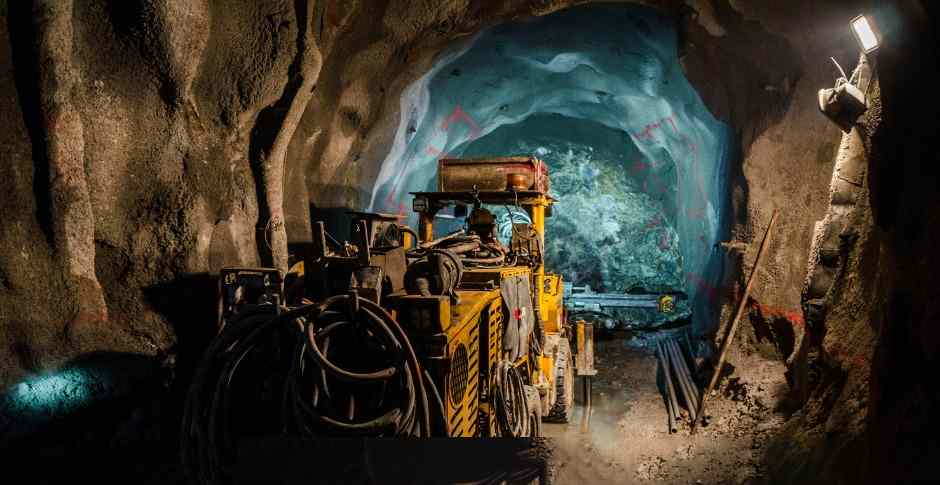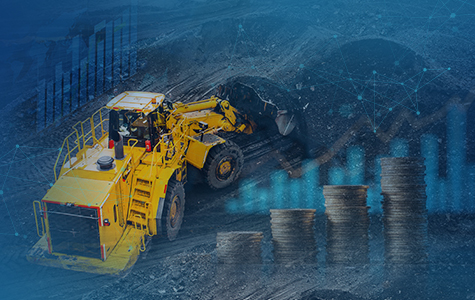Until a decade back, who could have realized how technology could transform the face of mining.
Think mining today, and your mind veers to data and emerging technologies in the landscape of Mining 4.0. What a transition this has been for the image of mining! From labour intensive to technology pervasive. And the change from boots-on-the-ground monitoring to pilotless surveillance by drones above the ground.

The last couple of decades have seen giant strides in information technology. The transformation is nothing short of epochal. Digital technologies have pushed the boundaries of almost every sector. Mining, too, is not cut off from this wave of disruption. You feel the transformation more deeply after the surfacing of the Covid-19 pandemic. More than ever before, miners feel the need to innovate to do more with less and navigate complex challenges like declining ore grades. To unearth ore more efficiently from below the ground and create value above it, miners need to onboard niche technologies. You have talked and read about the widening applications of such Emerging Technologies in mining operations like Artificial Intelligence (AI), the Internet of Things (IoT), blockchain etc.
These technologies provide solutions to the existing problems and radically transform mining processes, increasing efficiency, profitability, and compliance with stricter regulations. The incorporation of mature and incipient technologies into the mining industry has opened up a plethora of opportunities for long-established firms and knowledge-based start-ups.
Niche technologies have found their way into core and strategic mining functions like stockyard management and ore transportation. But here, I will touch on the foundational premise of mining, where the role of advanced technologies is still underplayed. The main stages of the mining supply chain are Exploration, project development and expansions, operations, and closure. Sampling of the ores forms the base of these. The mining industry routinely collects samples to assist with decision-making, whether for Exploration, resource estimation, grade control, or plant design and balances. Poorly designed sampling protocols can result in elevated risk by increasing variability. In any mining operation, sampling is essential to proper control. Sampling consists of taking a small portion from the whole mass, which is as perfectly representative as possible. Obtaining samples from the appropriate location and through the proper method from the stack is of first importance. The method selected must give accurate results and provide the quantity of sample necessary for analysis for the purpose intended.
It is tough to dismantle the legacy systems and processes in mining. However, technology promises to change not by challenging legacy processes but by integrating them with the new. Augmented Reality (AR) has the potential to disrupt the way miners sample ore. With AR-based sampling, the mining companies will speed up production, reduce downtime and bring in transparency – three pillars that have challenged mining operations for years.
Since the mineral industry is one of the highest revenue generators for an economy, it is imperative to bring in the highest quality control standards to stop pilferage and manipulation. The AR-based sampling randomizes the entire sample collection and inspection process to eliminate any chances of mineral manipulation. This technical intervention that combines AR feature along with the concept of geofence to generate the sampling points randomly and at the same time track the presence of the field officials at the inspection site location has been pivotal in ensuring accountability and responsibility among the involved stakeholders, thus bringing in transparency to the entire mining cycle. The whole process now comes under the purview of law, thus ensuring that no one within and outside the system can exploit the processes.
















































We will verify and publish your comment soon.